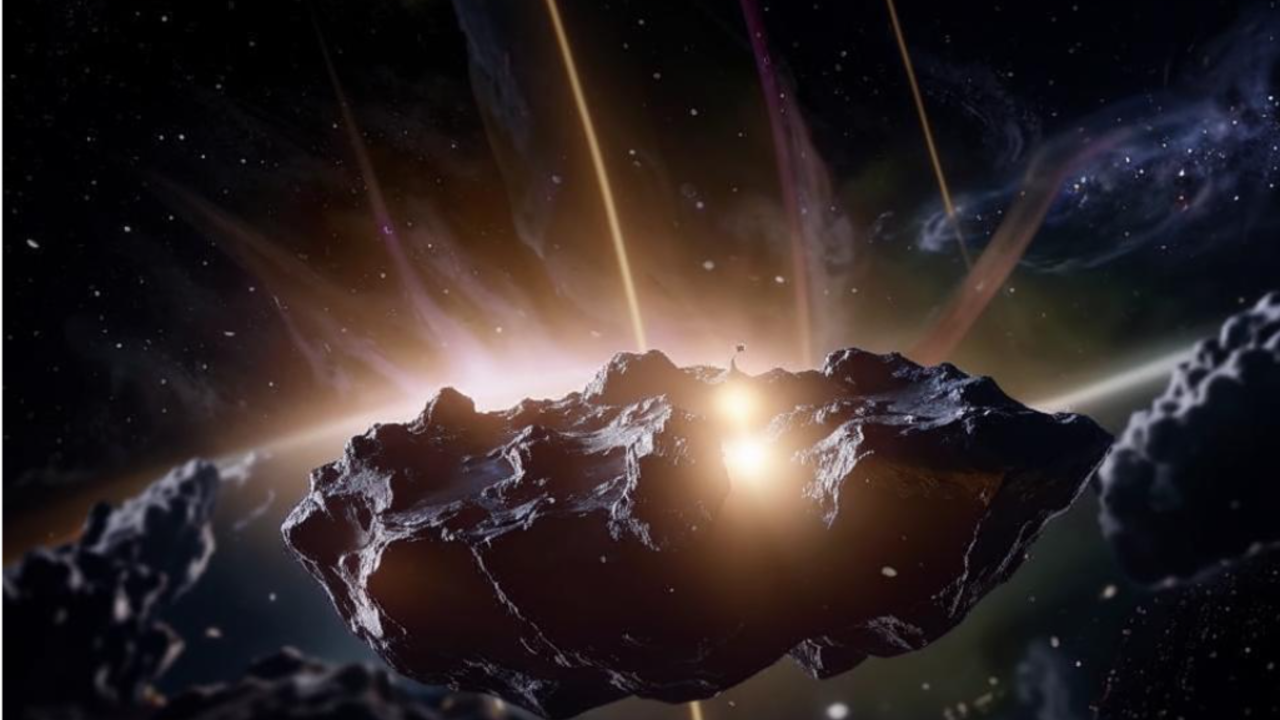The problem is that there is limited time to design, build and launch a spacecraft to study Apophis. But scientists say current spacecraft designs offer a “viable solution.” Discovered in 2004, Apophis initially raised concerns about a possible collision with Earth in 2029 or 2036. By 2021, detailed observations had ruled out the risk for at least a century. Despite this, Apophis remains an “object of interest” due to its close “apex” distance of less than 32,186 km (20,000 miles) from the Earth’s surface.
The European Space Agency (ESA) has announced preliminary approval for the RAMSES mission, which is scheduled to launch in 2028 and observe Apophis before, during and after its flyby. RAMSES will redesign the Hera spacecraft to meet the deadline.
Scientists also advocate using existing Janus probes to fly to Apophis as quickly as possible. The probes, currently in storage, could provide critical data before RAMSES and OSIRIS-APEX begin operations.
Source: Ferra
I am a professional journalist and content creator with extensive experience writing for news websites. I currently work as an author at Gadget Onus, where I specialize in covering hot news topics. My written pieces have been published on some of the biggest media outlets around the world, including The Guardian and BBC News.










